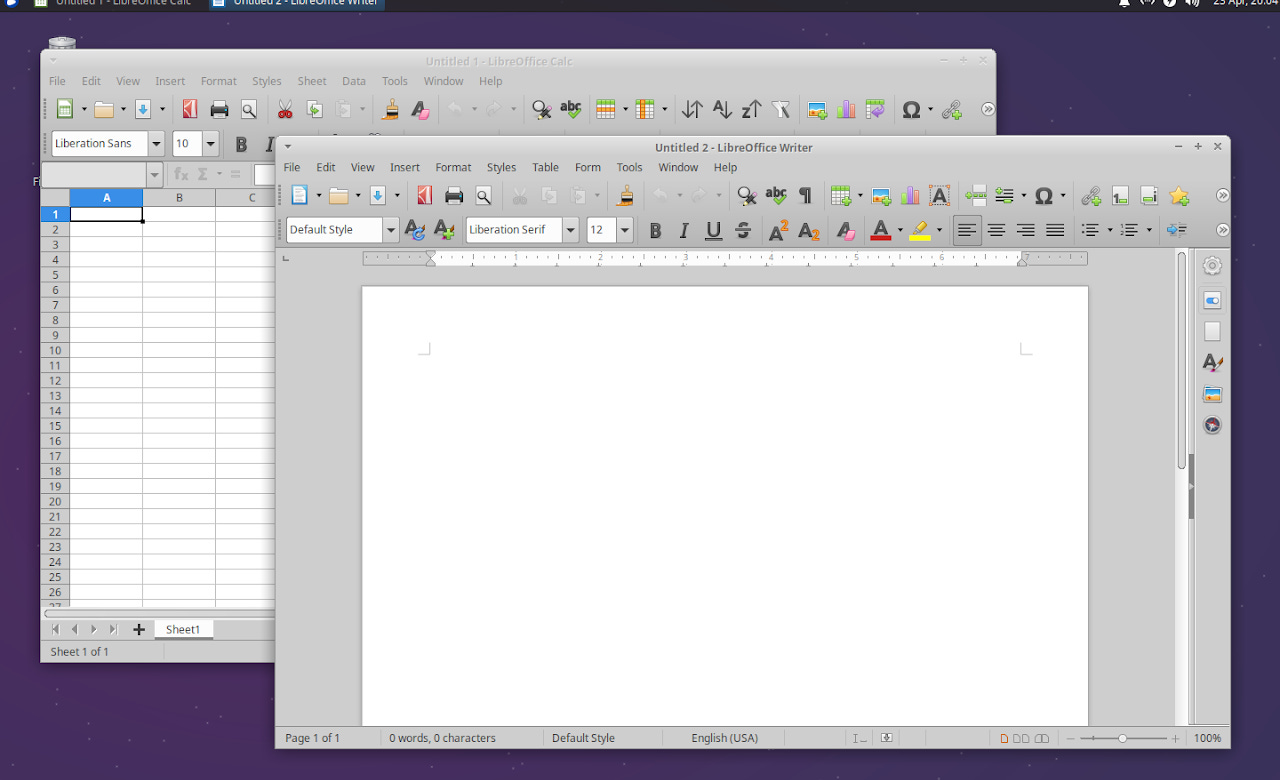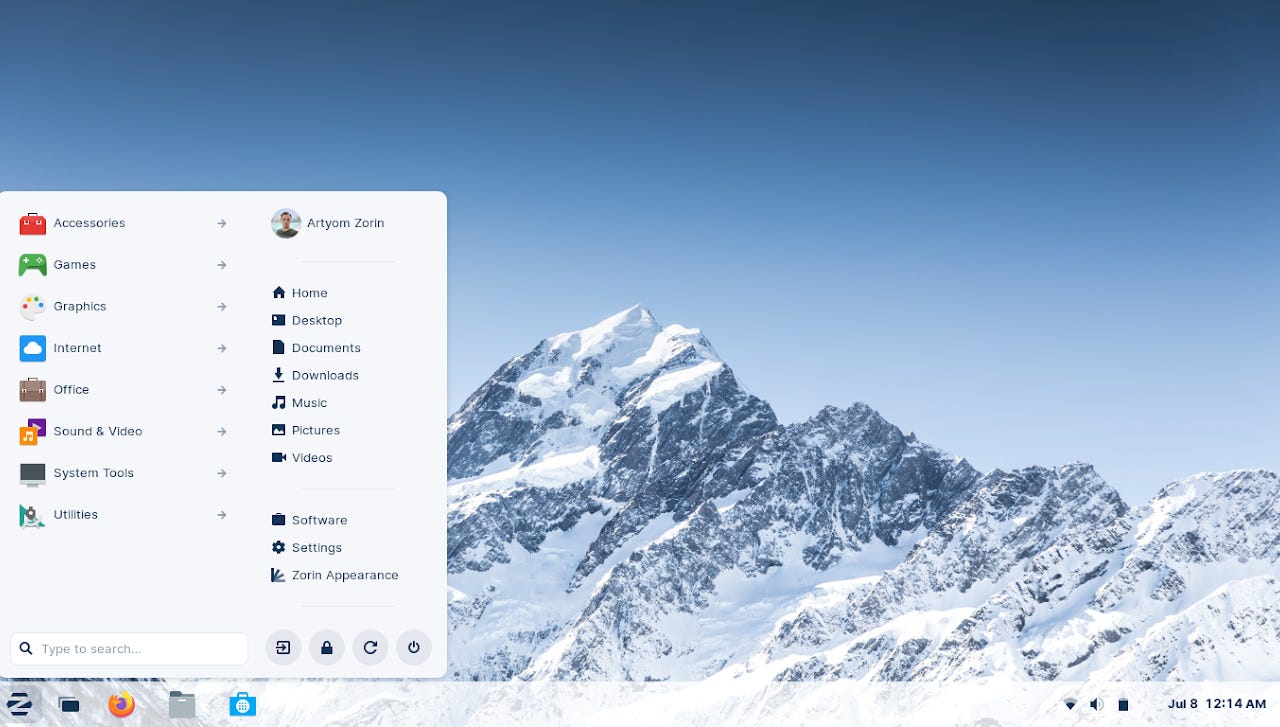Is Your Old Laptop Not Running? ... Nonsense, Read This
This article is for everyone who has an old computer that has been set aside because it's too slow. Sound familiar?
Those endless wait times when starting Windows, applications that take forever to open, and the frustration of seeing the "Not Responding" message when you're in the middle of an important task.
Every click becomes a test of patience, and sometimes the system even crashes completely, forcing you to restart and losing any unsaved changes in your Word or Excel documents.
It's a frustrating experience that many of us have gone through, and it can lead us to completely abandon those old computers in favor of new ones. However, before you discard that computer, consider an alternative that can completely revitalize it: Linux.
So don't give up on that old PC just yet! This is where Linux comes into play. With the right distribution, your computer can be reborn and surprise you with its agility. We're talking about "lightweight" distributions, designed specifically for systems with limited resources.
Imagine the real possibility of turning on that old PC again and discovering it still has a lot to offer. With Linux, this possibility can become a reality. Lightweight Linux distributions are designed with efficiency and performance in mind, making them perfect for reviving old computers that would otherwise be considered obsolete.
These distributions are optimized to run smoothly on hardware with limited resources, such as older processors and less RAM. This means that even computers that struggle to run Windows efficiently can experience a new level of agility and responsiveness with Linux.
One of the main advantages of these lightweight distributions is their low resource consumption. This translates into faster boot times, better responsiveness when opening applications, and a smoother overall experience. Moreover, being open-source operating systems, many of these distributions come with a wide range of free and open-source software to meet your daily needs without the need to install additional programs.
Additionally, lightweight Linux distributions usually offer a wide range of customization options. From choosing different desktop environments to installing only the applications you need, you have complete control over how you want your operating system to look and function. This allows you to tailor the system to your individual preferences and maximize its performance according to your specific needs.
But before we proceed... What is Linux?
Linux is an open-source operating system known for its ease of use and versatility. It offers a free and powerful alternative to Windows and macOS, catering to a wide range of devices, from desktop PCs to smartphones and servers.
Its intuitive graphical interface and dedicated user community make it easy to learn and use, even for those with no technical experience. Additionally, with many Linux distributions, the need to use the terminal is minimal or non-existent, making it even more accessible for less technical users.
With Linux, you can customize your computing experience according to your preferences and specific needs, giving you complete control over your device. In summary, Linux is an accessible and reliable option that makes computing easy and exciting for everyone.
What is a Linux distribution?
A Linux distribution, also known as a "Distro," is a customized version of the Linux operating system tailored for different purposes and users. These variants of Linux come in many different forms, each with its unique set of preinstalled programs, user interfaces, and design philosophies.
For example, some distributions are designed for beginners and offer a friendly and easy-to-use experience, while others are aimed at IT professionals and provide advanced development and customization tools.
In short, Linux distributions are customized and tailored versions of the Linux operating system designed to meet the specific needs of different types of users and use cases.
A brief review of lightweight Linux Distros:
If you're looking for a lightweight and efficient Linux distribution to revive your old PC, here are some options you should consider: Mint, Xubuntu, Lubuntu, and Zorin.
Mint: Linux Mint is known for its Cinnamon desktop environment, which offers a familiar and user-friendly experience for newcomers to Linux. With an intuitive interface and a set of useful applications, Mint is an excellent choice for those looking for a smooth transition from Windows.
Xubuntu: Based on the XFCE desktop environment, Xubuntu is a lightweight distribution that offers a perfect balance between performance and functionality. With a polished look and minimal resource consumption, Xubuntu is ideal for systems with older or limited hardware.
Lubuntu: If your PC is really old and you need an operating system that runs smoothly on low-performance hardware, Lubuntu is the perfect choice. Using the LXQt desktop environment, Lubuntu offers optimal performance without sacrificing stability or usability.
Zorin: For those transitioning from Windows, Zorin OS might be the ideal option. With an interface similar to Windows, Zorin offers a familiar experience for users new to Linux. Additionally, Zorin is designed to run efficiently on older hardware, making it an excellent choice for reviving old PCs.
In summary, these lightweight Linux distributions are fantastic options for those looking for a fast, efficient, and easy-to-use operating system. Whether you're looking for a familiar experience, optimal performance, or a smooth transition from Windows, these distributions have something for everyone. So why not give them a try and experience all that Linux has to offer?
With any of these lightweight Linux distributions, you can perform your daily tasks quickly, efficiently, and securely. Say goodbye to endless waits and give your old PC a second chance with Linux.
On our blog, you'll find more tips and tutorials to get the most out of this incredible operating system. Until next time!



